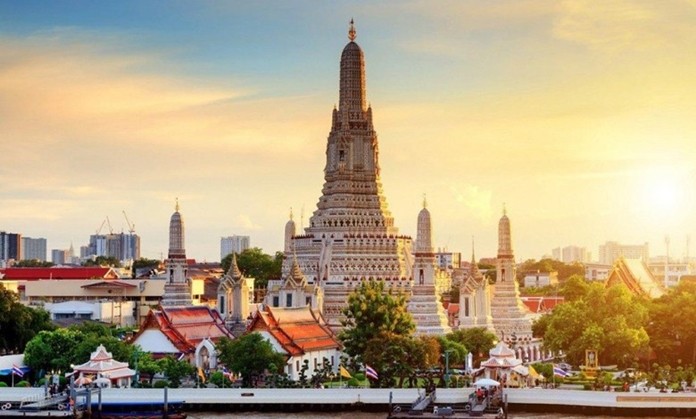
Good shots, and even great shots, can appear any time. If you are not going to miss the chance of a lifetime, the first tip is to make sure you have a camera with you, or, and I used to struggle to say it – a high quality smartphone! However, having just purchased a smarter than me phone, the new ones are very sharp, but they are not quite as capable as a good DSLR system.
However, when the shot of a lifetime just happened before your eyes, a shot that could have kept you in champagne for the next three months, you need to be ready.
Great shots can be shots that just somehow epitomize life in Thailand, for example are always worth taking (and may be financially rewarding). It could be a katoey posturing on Beach Road, or even the one of the buffalo in the paddy field with two birds standing on its back. Always remember that you are living in a land that your countrymen save up for 12 months just to get here for a holiday. You (we) are lucky and should not let photographic opportunities pass us by.
So this week, let’s look at a few specific examples of “how to” when you are looking to record those “once in a lifetime” images.
Thailand is a Buddhist country with a total of 41,205 Buddhist temples (Thai: Wat) since last update. This is confirmed, of which 33,902 are in current use, according to the Office of National Buddhism. You will need a wide angle lens to capture the size of the temples and stairs. Plan the photography for late afternoon when the shadows grow long and the sun casts a warm atmosphere to your shots. If you have a close-up lens then look at photographing some of the ornamental statues. Again you will need the afternoon light.
Pattaya comes alive at night and we have the odd nocturnal events and places. Lots of lights, neon signs and flood-lit fountains are the norm for this type of photograph. The secret here is a Wide angle lens again with an aperture down around f 1.8. This is the time to set your digital to 800 ASA, or 400 ASA at least. The other secret is not to use your flash. Now I fully realize that this is photography after dark, but the whole concept is to let the attractions provide the illumination, rather than blasting it with your flash burst. If you try and take neon light using flash you will totally wash out the neon and again get very disappointing results. If you cannot get enough light to hand-hold, then use a tripod.
One of the more challenging travel situations is the summer beach holiday. It is very difficult to photograph the beach and not end up with a washed out look in the final photographs. The secret here is a Polarizing filter and the time of day you shoot. This is where the Polarizer works so well, especially with the glare from the sand. The Polarizer will also give you a blue sky to contrast the yellow beach sand. The time of day is also just as important. Shoot early morning or late afternoon when the sun’s rays are skimming across the beach and the tracks and ridges in the sand will show up as shadows.
Some of you will be exponents of the wilderness type holiday, trekking and camping and taking in the vast grandeur of breathtaking natural wonders. The secret here is a wide angle lens, look for low viewpoints and set the ASA on 50 or 100, plus a tripod if you can. The idea here is to use the lens at around f16 or f22 to maximize the depth of field. This in turn and the slow ASA setting, will require longer exposures – hence the tripod. Shooting in this way will give you maximum detail in the shot, maximum content and visual theater. Finally, shoot early morning or late afternoon as well to get the dramatic shadow effects and really give the impact to the Grand Canyon! Try using the look-out at the Naval Radio station.
 |
 |
 |





